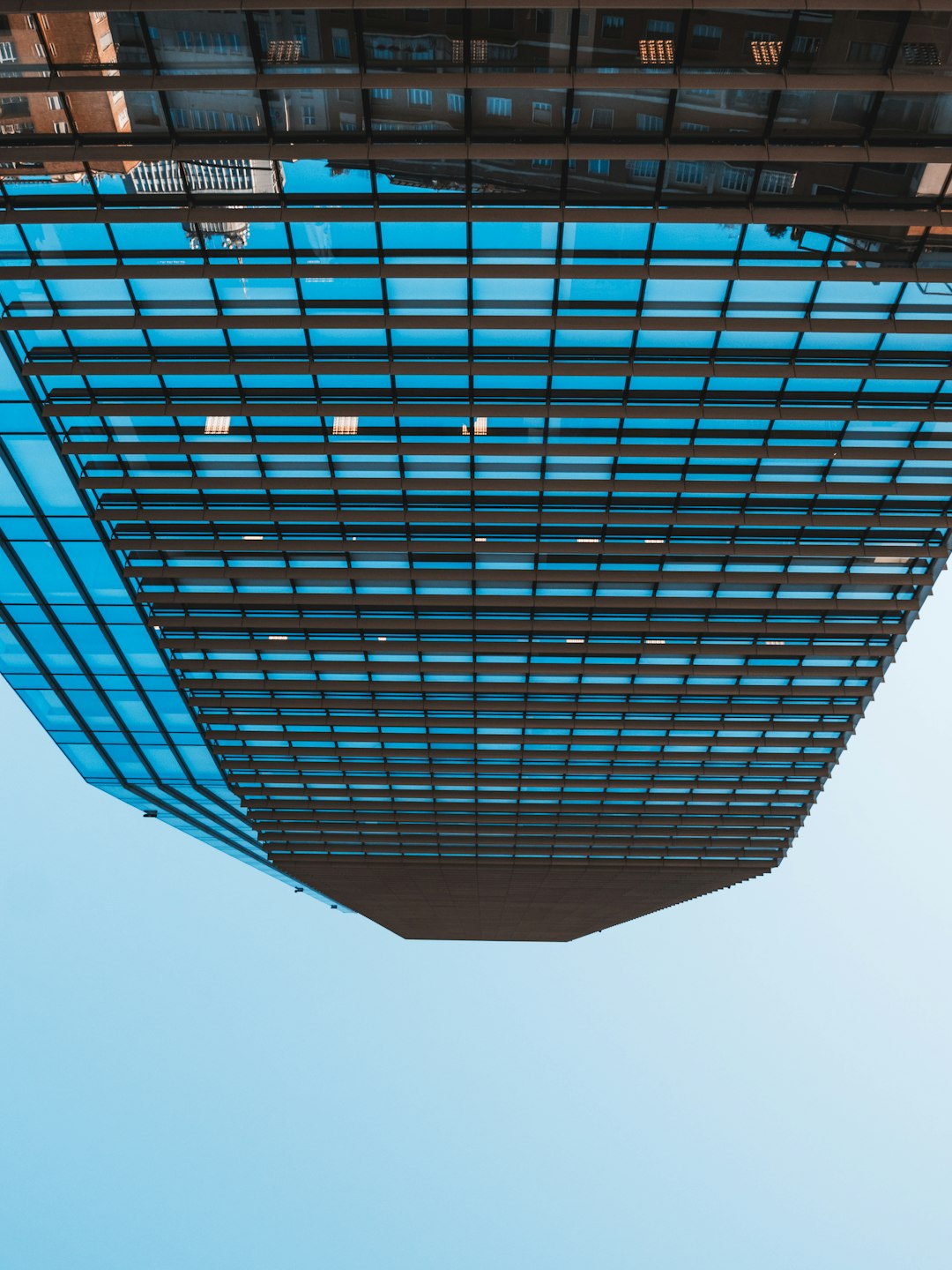Buying a home is an exciting milestone in anyone’s life. It symbolizes stability, security, and the achievement of a major life goal. However, amidst the thrill of house hunting and imagining your future in a new place, it’s important to remember that there are hidden costs associated with buying a home that often catch buyers by surprise.
While the upfront costs of purchasing a home are well-known – down payment, closing costs, and moving expenses – many buyers fail to account for the additional expenses that come with homeownership. These hidden costs can quickly add up and strain your budget if you’re not prepared. In this blog post, we’ll explore some of the hidden costs of buying a home that you should be aware of before you make the big leap.
1. Property Taxes
Property taxes are an ongoing expense that many first-time homebuyers overlook. These taxes are based on the assessed value of your home and are typically paid annually or semi-annually. The amount of property taxes you’ll owe can vary greatly depending on where you live, so be sure to research the tax rates in the area you’re considering buying a home in.
2. Homeowners Insurance
Homeowners insurance is a must-have for anyone buying a home. This insurance protects your investment in case of damage or loss due to unforeseen events like natural disasters, fire, or theft. The cost of homeowners insurance can vary depending on the size and location of your home, as well as the coverage options you choose. It’s important to factor this expense into your budget to ensure you can afford it along with your mortgage payments.
3. Home Maintenance and Repairs
Owning a home means you’re responsible for all maintenance and repairs that come with it. From fixing a leaky roof to replacing a broken appliance, these costs can quickly add up over time. It’s recommended that homeowners set aside 1-3% of the home’s value each year for maintenance and repairs. Additionally, older homes may require more frequent and costly repairs, so keep this in mind when budgeting for homeownership.
4. Homeowners Association Fees
If you’re buying a home in a planned community or a condominium, you may be subject to homeowners association (HOA) fees. These fees cover the cost of maintaining common areas, amenities, and services within the community. The amount of HOA fees can vary widely depending on the community and the services provided. Make sure to factor these fees into your monthly budget to avoid any surprises down the road.
5. Utility Bills
As a homeowner, you’ll be responsible for paying utility bills like electricity, water, gas, and trash pickup. These bills can fluctuate throughout the year depending on the season and your usage habits. It’s important to budget for these expenses so that you’re not caught off guard by high bills during peak usage months.
6. Homeowner’s Association Special Assessments
In addition to the regular HOA fees, homeowners may be hit with special assessments for unexpected expenses like major repairs or improvements to the community. These assessments can be a substantial financial burden if you’re not prepared for them. It’s a good idea to ask about the community’s financial health and any upcoming projects that may require special assessments before buying a home in a planned community.
7. Pest Control and Lawn Care
Keeping your home and property free of pests and maintaining your lawn can be an ongoing expense for homeowners. From routine pest control treatments to landscaping services, these costs can quickly add up. Consider these expenses when budgeting for homeownership to ensure you can keep your home in good condition without breaking the bank.
8. Higher Utility Expenses
As a homeowner, you may also find that your utility expenses are higher than when you were renting. Larger homes require more energy to heat and cool, and you may also have additional appliances and amenities that contribute to higher utility bills. It’s important to budget for these increased expenses to avoid any financial strain.
9. Home Furnishings and Decor
When moving into a new home, you may find that your current furniture and décor don’t quite fit or match the style of your new space. As a result, you may need to invest in new furnishings and décor to make your house feel like a home. These costs can add up quickly, so it’s important to budget for them when purchasing a home.
10. Home Upgrades and Improvements
Finally, many homeowners choose to make upgrades or improvements to their home to personalize it and increase its value. Whether it’s a kitchen remodel, bathroom renovation, or landscaping project, these upgrades can be costly. It’s important to plan for these expenses and prioritize your projects to stay within your budget.
In conclusion, buying a home comes with a variety of hidden costs that buyers should be aware of before making a purchase. From property taxes and homeowners insurance to maintenance and repairs, these expenses can quickly add up and strain your budget if you’re not prepared. By accounting for these hidden costs and budgeting accordingly, you can ensure a smooth and financially sound transition into homeownership. Remember, buying a home is an investment in your future, so it’s important to plan ahead and set yourself up for success.

